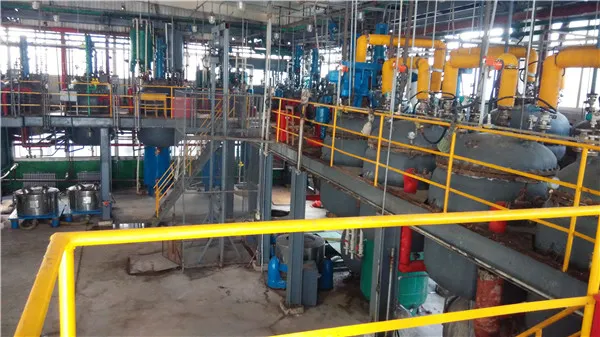Water Treatment pH Adjustment Ensuring Safe and Clean Drinking Water
Water quality is a critical factor in public health, environmental sustainability, and industrial processes. One of the essential parameters in water quality management is pH—an indicator of the acidity or alkalinity of water. Proper pH adjustment is vital for effective water treatment, ensuring that the water is safe for consumption and suitable for various applications.
Understanding pH Levels
pH is a logarithmic scale that ranges from 0 to 14, with values below 7 indicating acidity, above 7 indicating alkalinity, and a value of 7 being neutral. The pH level of water can significantly influence chemical reactions, microbial activity, and the solubility of minerals. For instance, water with low pH can corrode pipes and leach harmful metals such as lead and copper, whereas high pH levels can cause scaling and reduce the effectiveness of disinfectants like chlorine.
Why pH Adjustment is Necessary
1. Corrosion Control In drinking water systems, low pH can lead to increased corrosion of plumbing and infrastructure. This not only compromises the quality of the water but can also pose health risks due to the leaching of heavy metals. pH adjustment is necessary to maintain optimal pH levels that minimize these risks.
2. Disinfection Efficiency The effectiveness of disinfection agents can vary greatly with pH. For instance, chlorine is more effective as a disinfectant in slightly acidic conditions. Adjusting the pH of water can enhance the efficacy of disinfection processes, reducing the presence of pathogens and improving overall water safety.
3. Scaling Prevention Conversely, high pH levels can lead to the precipitation of minerals, resulting in scaling on pipes and equipment. Scaling can hinder flow rates and reduce the efficiency of treatment systems. pH adjustment helps maintain a balanced state, thus preventing scaling issues.
4. Environmental Impact For industrial discharges, maintaining appropriate pH levels is necessary to avoid harming aquatic ecosystems. Wastewater effluents with extreme pH levels can significantly impact the biota in receiving waters. Therefore, pH adjustment in treatment plants plays a vital role in environmental protection.
Methods of pH Adjustment
water treatment ph adjustment

There are several methods employed in water treatment for pH adjustment
1. Acid Addition Common acids like hydrochloric acid or sulfuric acid can be added to reduce pH levels. This is often used in cases where water is too alkaline.
2. Base Addition Alkaline substances such as sodium hydroxide or lime can be used to increase pH levels when water is too acidic.
3. Carbon Dioxide Injection CO2 can be injected into water to lower its pH through a process known as carbonic acid formation. This is particularly effective in controlled environments.
4. Natural Methods In some instances, natural processes such as the use of certain minerals or organic materials can help balance pH levels in water sources.
Monitoring and Control
To ensure that pH levels remain within the desired range, regular monitoring is essential. Water treatment facilities utilize pH meters and probes to continuously measure water quality and make adjustments as necessary. This constant vigilance helps in responding quickly to fluctuations and maintaining compliance with regulatory standards.
Conclusion
pH adjustment is a fundamental aspect of water treatment processes that significantly impacts public health, environmental protection, and industrial efficiency. By ensuring that water is neither too acidic nor too alkaline, treatment facilities can provide safe and clean drinking water while protecting infrastructure and ecosystems. As water quality continues to be a pressing global issue, effective pH management will remain a key focus in ensuring our most vital resource is safe and sustainable for future generations.

